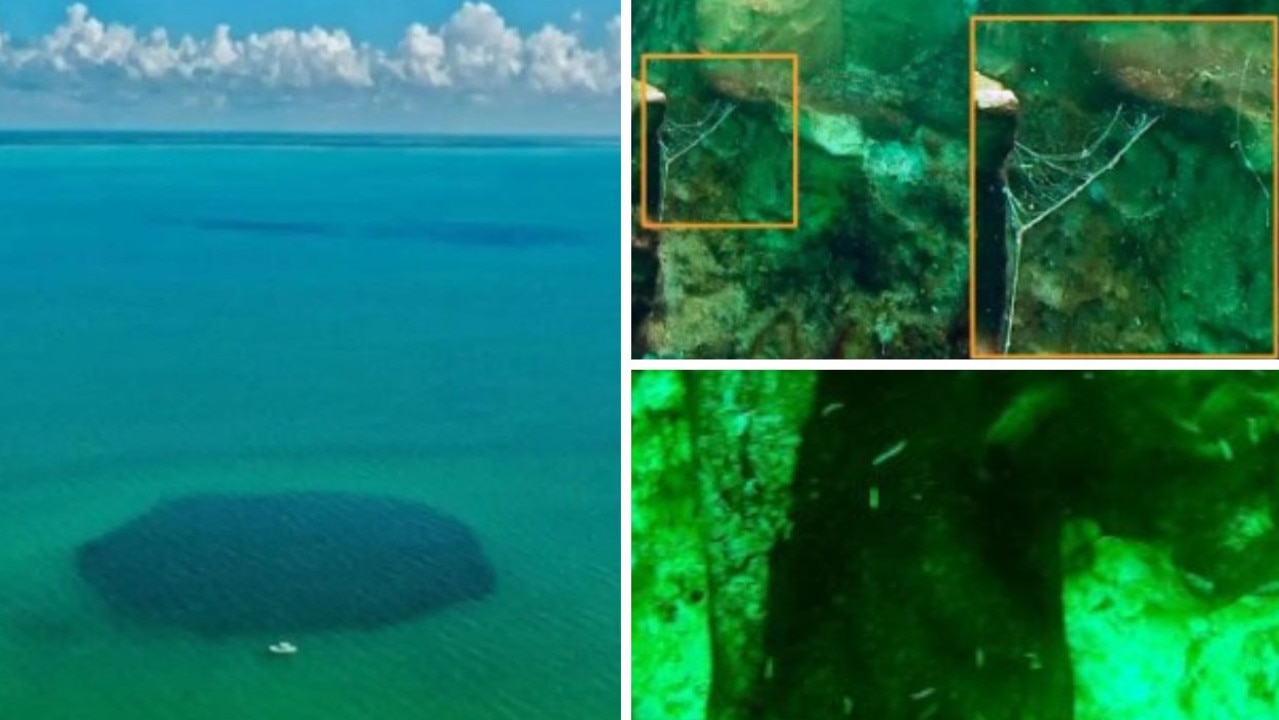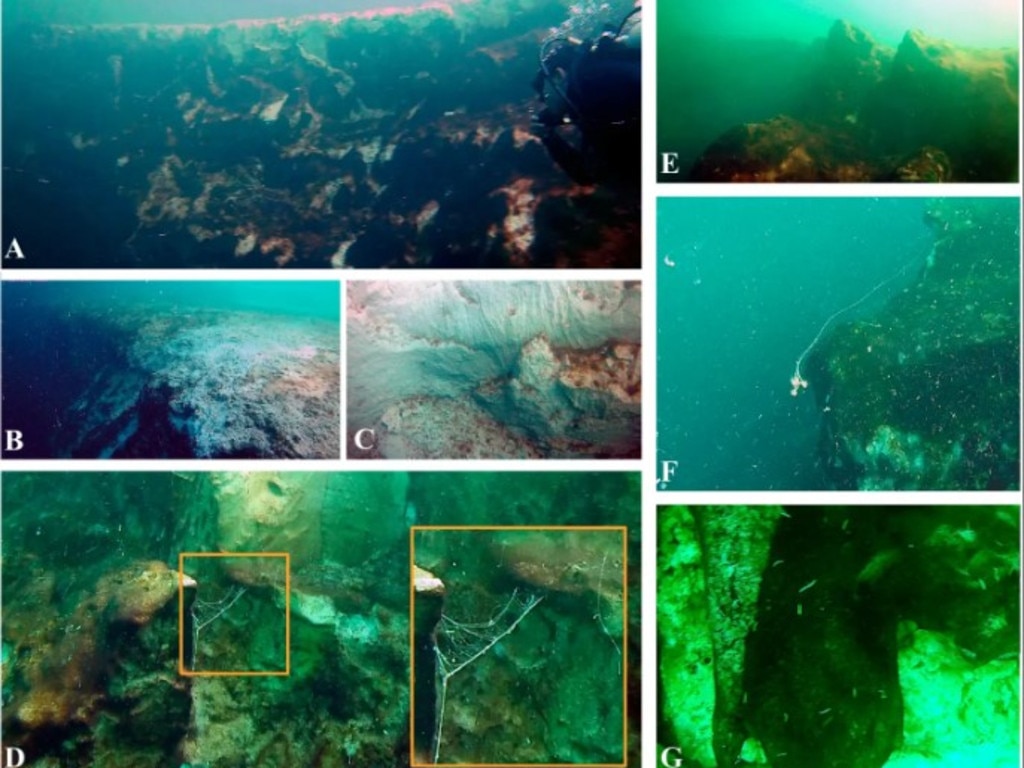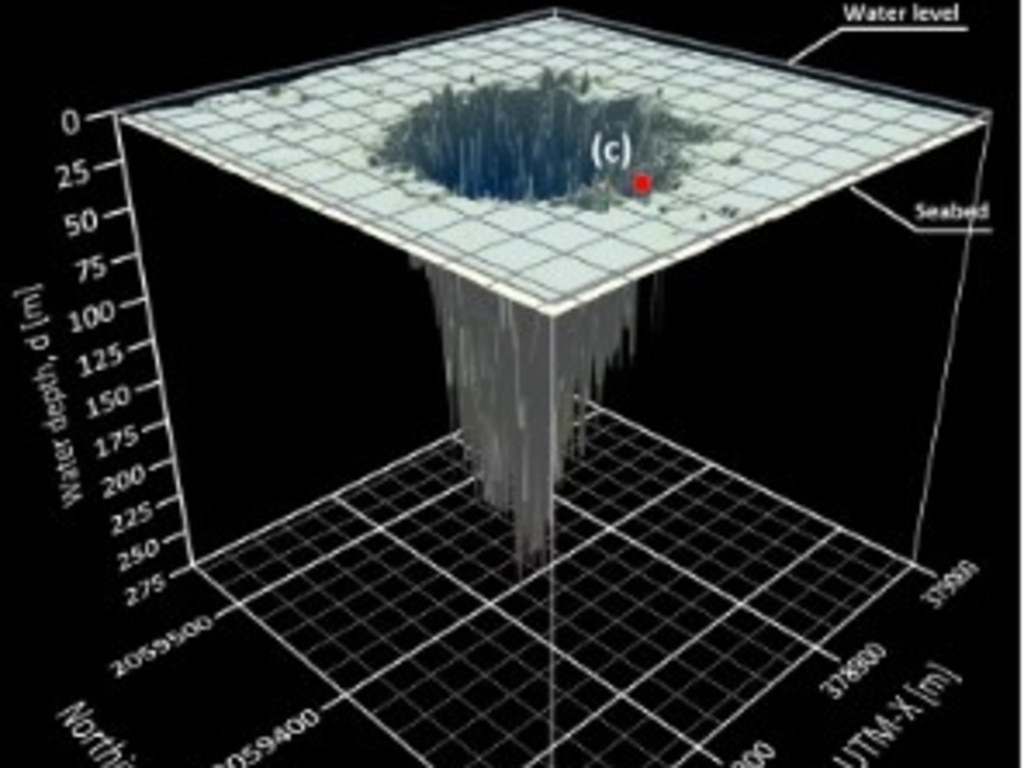World’s deepest known blue hole could harbour ‘undiscovered life’
The world’s deepest known blue hole could harbour a network of intricate tunnels and be home to undiscovered lifeforms but so far scientists have been unable to reach the dark, murky final depths

READING LEVEL: GREEN
Scientists have found what they believe could be the deepest blue hole in the world.
A team of researchers attempted to measure the depth of the ocean hole known as Taam Ja’ Blue Hole (TJBH), located in Chetumal Bay off North America’s Yucatán Peninsula.
They found the hole was at least 420 metres deep – almost the height of the Trump Tower skyscraper in Chicago – but they failed to reach the bottom after the measuring equipment they were using became stuck.
The measurements make TJBH at least 146 metres deeper than the previous record holder, the Sansha Yongle Blue Hole, or the Dragon Hole, in the South China Sea, which measures 302 metres to the bottom.

In a recent study published in the scientific journal, Frontiers in Marine Science, the researchers wrote that the bottom of the blue hole could harbour a “biodiversity to be explored” and even be home to sea creatures that have never before been seen by humans.
Known as Karst formations, blue holes are vertical marine caves that were carved over thousands of years by glacial run-off during the Ice Age, according to Discovery.com.
These deep, sapphire coloured sinkholes often extend hundreds of metres down and can measure an equal or greater distance across as well.
However, since these holes are filled with the gas hydrogen sulphide and have very little oxygen in them, they can be dangerous for people to visit unless they have special diving equipment. The difficulty exploring these holes means not much research has been done on them.

While TJBH was first discovered in 2021, scientists only measured its depth down to 274 metres due to limitations in the echo-sounder technology, which used sound waves to measure speed.
During the latest expedition, the team used a conductivity, temperature and depth (CTD) profile to take accurate measurements.
The state-of-the-art device measures and sends water data to the surface in real time using a cable that goes as far down as 500 metres.

But the cable stopped at 421 metres, possibly because it hit a ledge or was affected by underwater currents, and the team wasn’t able to hit the bottom of the hole.
The scientists said they hoped to hit bottom on their next excursion.
In the report, the researchers said they believed that the bottom might have a system of caves and tunnels that could possibly be home to undiscovered life forms.
In 2012, scientists exploring blue holes in the Bahamas discovered bacteria deep in the caves where no other life existed, possibly offering clues to what types of life forms may be able to survive on other planets.
This article originally appeared on New York Post and was reproduced with permission
POLL
GLOSSARY
- biodiversity: the variety of living things and the way they interact
- conductivity: the ability to transfer heat, electricity or sound by conduction
- glacial run-off: the water made by melting glaciers
EXTRA READING
Inside the ocean’s big blue … bin
Octopus leads diver to secret spot
Healthy coral found in big Barrier Reef hole
QUICK QUIZ
1. What is a blue hole?
2. Which dangerous gas can be found in blue holes?
3. How far down were the scientists able to go when measuring TJBH?
4. What do they think could be at the bottom?
5. What is the second deepest known blue hole?
LISTEN TO THIS STORY
CLASSROOM ACTIVITIES
1. What would you see?
Imagine that you could travel all the way down into the TJBH. Write a detailed description of what you might see along the blue hole. You could include how you are able to travel through the blue hole, too. Use information from the story and your imagination!
Time: allow at least 25 minutes to complete this activity
Curriculum Links: English
2. Extension
Design a device that could go right to the bottom of any blue hole, no matter how deep it is. Remember to include instruments that can gather information about the hole and what could be found in it. Use information in the story to help you.
Time: allow at least 30 minutes to complete this activity
Curriculum Links: English, Science, Design and Technologies
VCOP ACTIVITY
Creative vocabulary
Find a bland sentence from the article to up-level. Can you add more detail and description? Can you replace any ‘said’ words with more specific synonyms?
Have you outdone yourself and used some really great vocabulary throughout your writing? Firstly, well done. Secondly, let’s ensure everyone can understand it by adding a glossary of terms. Pick three of your wow words and create a glossary for each word to explain what it means.

